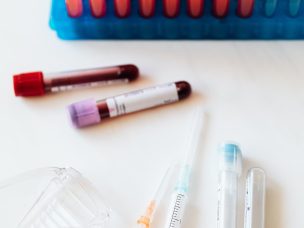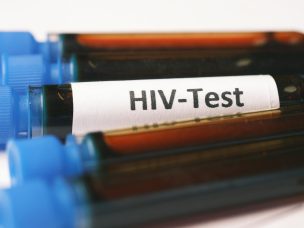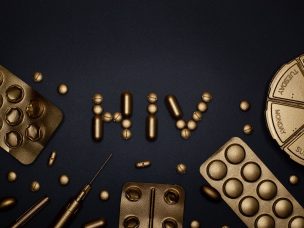HIV/AIDS
Changes in Inflammatory Biomarkers and Lipid Profiles With Cabotegravir Plus Rilpivirine
Patients shifting from an oral regimen to injectable cabotegravir plus rilpivirine demonstrated a significant improvement in total cholesterol/high-density lipoprotein cholesterol in a recent retrospective cohort study; however, there were no significant changes in inflammatory biomarkers. Long-acting cabotegravir plus rilpivirine, administered via injection into the gluteus muscle, has a higher satisfaction rate compared to antiretroviral therapy...
HIV-1 Lingers Despite Long-Term Treatment
HIV-1 cannot be cured even with decades of antiretroviral therapy. A new cohort study shows that the inducible, replication-competent reservoir does not decline even with prolonged antiretroviral therapy. Antiretroviral therapy (ART) has helped suppress the HIV-1 virus to almost undetectable levels among those who adhere to the treatment. There are many people living with HIV...
Pitavastatin Guards Heart Health in HIV
A new randomized clinical trial shows that pitavastatin or other statins may help reduce major cardiovascular events in those living with HIV. These benefits are not just due to LDL cholesterol reduction. HIV significantly increases atherosclerotic cardiovascular disease incidence in those living with HIV. Studies suggest that those living with HIV have twice the risk...
Pre-Exposure Prophylaxis for HIV Prevention: Updated Report
The 2023 updated report by the U.S. Preventive Services Task Force found that oral tenofovir alafenamide-emtricitabine or injectable cabotegravir were slightly superior to older tenofovir disoproxil fumarate-emtricitabine pre-exposure prophylaxis for HIV prevention. In 2019, the U.S. Preventive Services Task Force (USPSTF) report confirmed that oral pre-exposure prophylaxis (PrEP) using tenofovir disoproxil fumarate (TDF) alone or...
Socioeconomic Factors Affecting HIV Risk
A South African study reveals that among individuals of lower socioeconomic status, men are less likely than women to seek HIV testing, while women from similar backgrounds who engage in risky sexual behavior are at greater risk of HIV infection. South Africa has one of the highest HIV rates in the world, affecting about 19.1%...
Ethnic and Rural/Urban Disparities in HIV in South Carolina
This study from South Carolina shows that HIV prevalence is notably higher among Black individuals, and those living in urban areas face a slightly greater risk of contracting the infection. The spread of sexually transmitted infections (STIs) has increased dramatically over the past 10 years, reaching an all-time high in 2019. STIs are not distributed...
Addressing HIV Disparities in the South by Partnering With Barbershops
By engaging with the barbershop community, researchers aim to destigmatize HIV care services and improve HIV prevention in a trusted and culturally relevant setting. About 1.1 million people are living with HIV in the United States. After years of decline in the number of new HIV cases, that trend has slowed, with the number of...
COVID-19’s Impact on HIV Behavior Among Gay and Bisexual Men
This study on gay and bisexual men in Australia shows that while COVID-19 outbreak-related measures led to fewer sexual partners, there was a decline in condom and pre-exposure prophylaxis use. COVID-19 has not just caused significant mortality, but it has also disrupted the healthcare system, including the delivery of care for existing conditions like HIV,...
Youth HIV Disparities: Transgender vs. Cisgender
This investigation delved into the disparities in HIV prevalence and prevention among transgender individuals in the United States. While transgender youth showed higher rates of HIV testing, they were less likely to receive HIV education and use condoms compared to their non-transgender peers. HIV in the United States disproportionately affects transgender individuals. A recent report...
More Medical News














